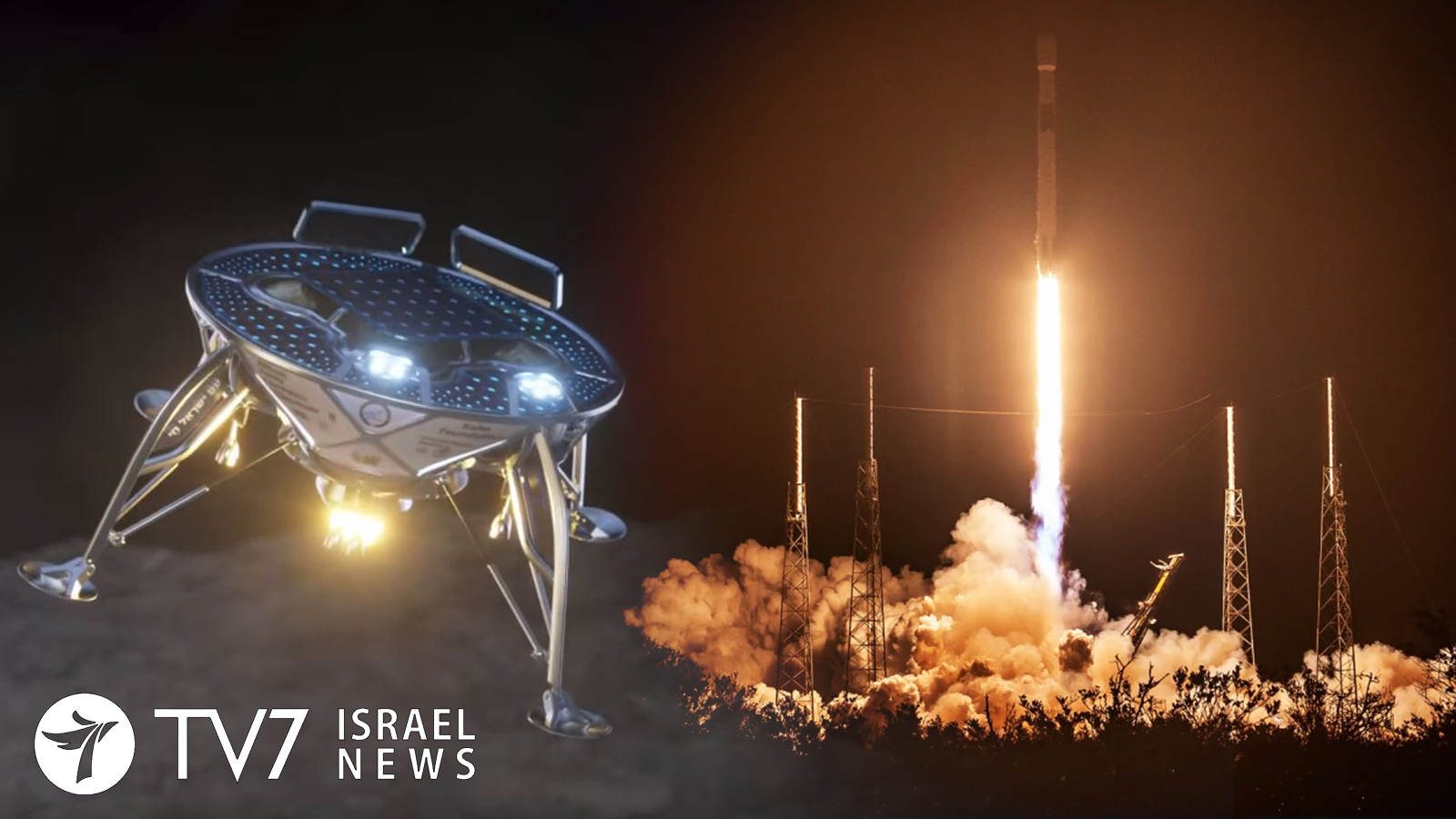Israel has successfully launched its “Beresheet” spacecraft into orbit early this morning, passing its first hurdle in a 6.5 million-kilometer journey to the moon. Prime Minister Benjamin Netanyahu declared that while the mission signifies a big step for Israel – as it becomes the fourth country in the world after the United States, Russia and China to realize a highly-complex, controlled touchdown on the lunar surface – the persistence of Israeli ingenuity that made the launch possible presents an even greater achievement for the nation’s technological sector.
While watching the blast off at the Israel Aerospace Industries, Netanyahu said the State of Israel “is a rising global power, it rises and rises, up to the moon.” After saying this latest “very moving” achievement is a “great success” that “shows what we are capable of,” he then expressed his gratitude to the mission team, whom he told “the entire people of Israel are here behind you, with great faith and enormous excitement.”
The Israeli Prime Minister said he asked that copy of the Old Testament, an Israeli flag and the inscription “Am Yisrael Chai” (Hebrew for “the People of Israel Live”) be placed on the moon; noting it was once only possible to dream of such a request.
Israel’s unmanned robotic lander is called “Beresheet” (Hebrew for “Genesis”) was transported aboard the American SpaceX Falcon-9 rocket, along with a communications satellite for Indonesia and an experimental satellite for the U.S. Air Force. 34 minutes after blast off, the Israeli spacecraft successfully entered into the Earth’s orbit.
If all goes according to plan, , the Israeli spacecraft will arrive on the near-side of the moon mid-April following a two-month journey. The distance covered between the Earth to the moon is around 386,000 kilometers, although the “Beresheet” will take a 6.5 million kilometer flight-path based on safety concerns.
